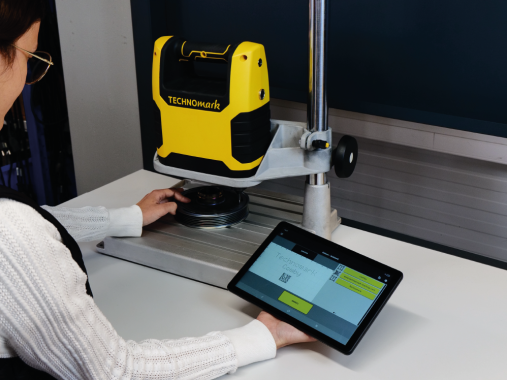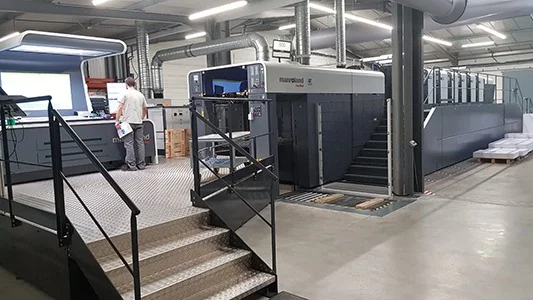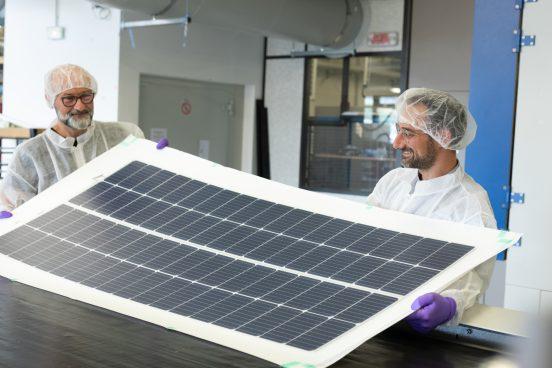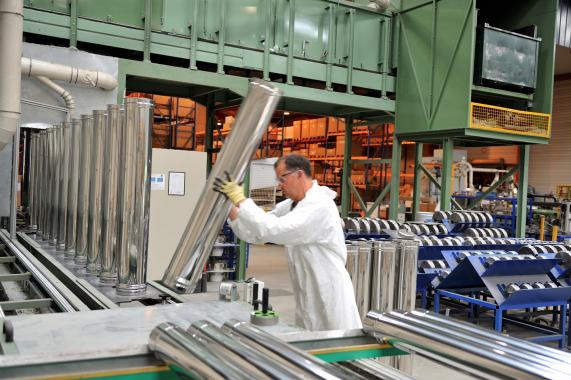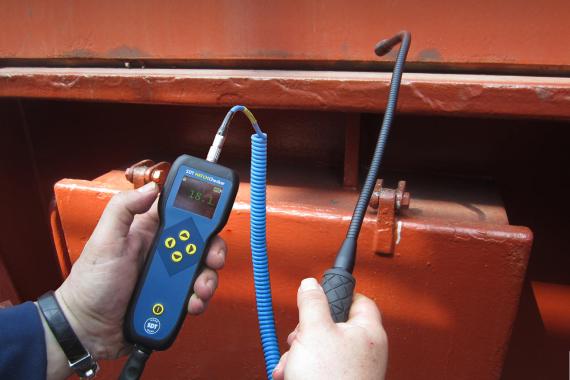Innovation in industry: what are the challenges and levers for action for manufacturers?

How can research laboratories foster innovation within industries? What challenges do manufacturers face in terms of innovation? Yamina Belabassi, head of external relations and communication for Sayens (SATT), discusses these different issues.
To develop their innovations, manufacturers have every interest in getting closer to public research laboratories, able to provide them with resources that they do not necessarily have in-house. In addition, by getting closer to research laboratories, companies can also exploit existing technologies or technological building blocks. The key: saving time and money. And for companies, these innovation-related projects are an opportunity to gain market share, and therefore, to assert their presence on the national – or even international – territory; improving their competitiveness. As for research laboratories, working with private companies allows them to set up development contracts and therefore finance their work. A joint work in which each entity thus finds its account!
Between industry and research, the SATTs
The State supports these mergers, financially, but also to facilitate collaboration between industrialists and researchers, the latter not always using the same language and the same reference systems. To this end, companies for accelerating technology transfer (SATT) were created in 2012. Today there are thirteen of them, they are spread throughout the national territory. They cover a precise geographical perimeter and act in conjunction with the establishments of this territory (laboratories, universities, research organizations, engineering schools). Yamina Belabassi, who works at SATT Sayens, sums up their mission as follows: "SATTs have a central activity, which consists of going to laboratories to detect innovations, protect inventions and mature them so that they become prototypes. , before becoming marketed products and services. We are therefore maturing the research results of the laboratories to accompany them towards the market”. The SATTs are financially supported, they benefit from a fund of 856 million euros to carry out their mission, specifies an article from the Ministry of Higher Education and Research.
In concrete terms, the SATT experts contact the establishments in their territory and work with their scientific teams to identify the most interesting inventions and promote this research work. “In total, the thirteen SATTs are in contact with more than 150,000 researchers. A close relationship is created within the territory of the SATT, and some people contact us spontaneously on specific subjects,” says Yamina Belabassi. In order to then bring the innovations to the market, the SATTs transfer the technologies and market them to existing companies, or participate in the creation of start-ups.
The priorities and motivations of companies regarding innovation, at the heart of a Barometer
The SATTs are made up of a network, which federates all the SATTs. To better understand needs and trends in innovation, last February, for the second year in a row, it carried out its “Industry Innovation Barometer”. The barometer is based on an online survey, conducted among exhibitors and visitors to the Global Industrie 2023 Show, prior to it. “The role of the SATTs is to be as close as possible to researchers, to identify innovations, but also to meet the needs of businesses. This barometer was therefore designed to anticipate innovation needs and to measure the way in which manufacturers approach these subjects,” emphasizes Yamina Belabassi.
The barometer identifies the motivations of companies to innovate. On the podium: finding new markets, outpacing the competition, and enhancing their brand image. Gaining market share therefore remains the main source of motivation for companies with regard to innovation.
In addition, the barometer reveals several issues regarding innovation in the industry. Digitization, for example, is the primary concern of 53% of respondents in terms of innovation. "Like last year, topics related to digitalization, automation, robotization remain a priority for manufacturers, who seek to improve their processes, achieve productivity gains," says Yamina Belabassi. Conversely, decarbonization is losing ground with respondents: it was a major issue for 48% of them in 2022, compared to 35% this year. It leaves room for the subject of human resources, which appears to be a priority for almost half of the respondents. "The human resources aspect is a challenge for manufacturers, who must be able to recruit the right profiles and train them in order to promote innovation within their company", adds Yamina Belabassi.
Finding the right partner is key to meeting the innovation challenges businesses face. And companies can rely on public research to address these issues. Research laboratories are in fact the first partners in terms of innovation, for 43% of respondents. "The role of the SATTs is confirmed, since we help laboratories and companies to work together", concludes Yamina Belabassi.
Our other news
See allJoin the largest community of industrial suppliers
- Helping you with your ongoing technology watch
- Provide you with detailed supplier statistics
- Give you international visibility
Discover the largest catalogue of industrial products on the market
- To offer you the best catalogue of industrial products on the market
- To guarantee you a 100% secure platform
- Enable you to have live remote exchanges
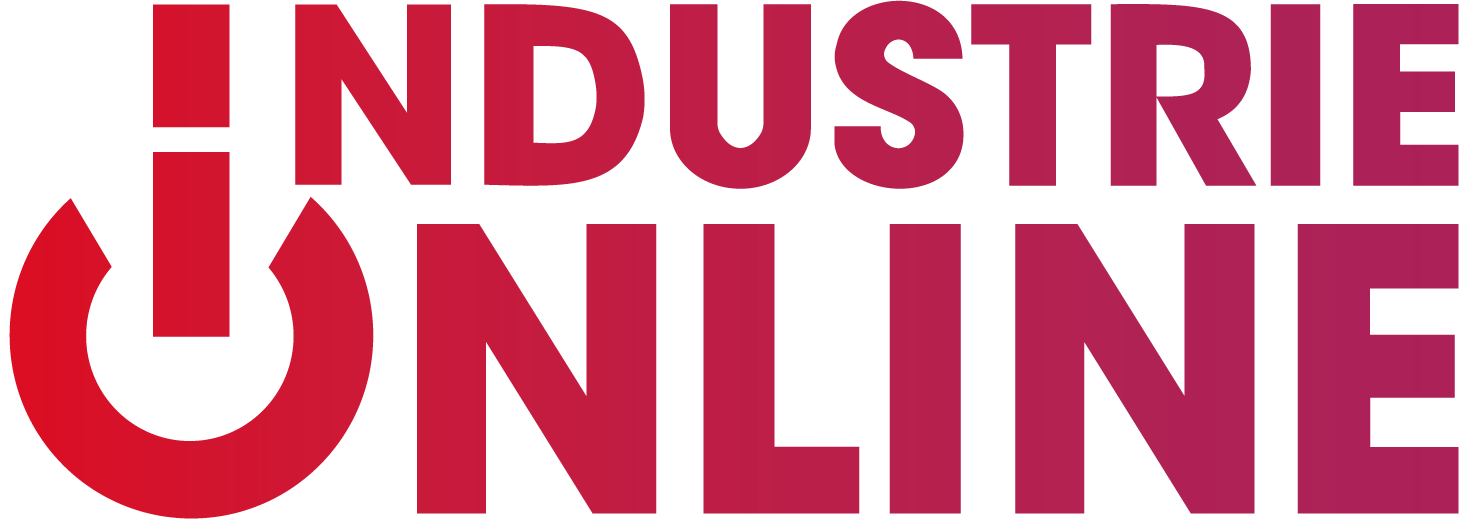

 Français
Français